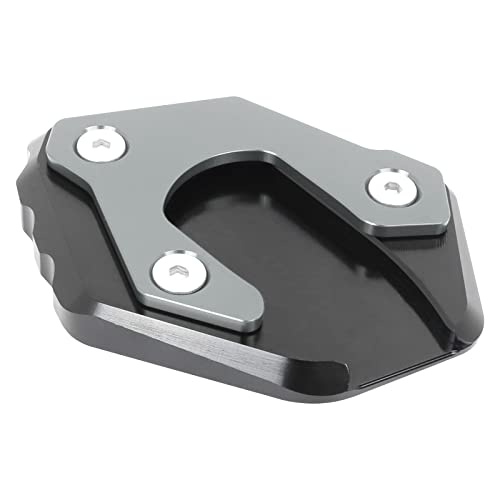Geezer
Parsimonious Curmudgeon
The newer installations around Kingston, NY use xBand radar to detect a vehicle approaching the light. In fact the main business district has a road that is just one steady blast of xBand for about 20 blocks. I stll have a few of the buried sensors to contend with and I normally ride up along the black line, as close to the sensor as possible to make it work. I tried to lower the center stand a couple of times but that is awkward and I normally get the sidestand caught on my boot and kill the engine. :huh:































































